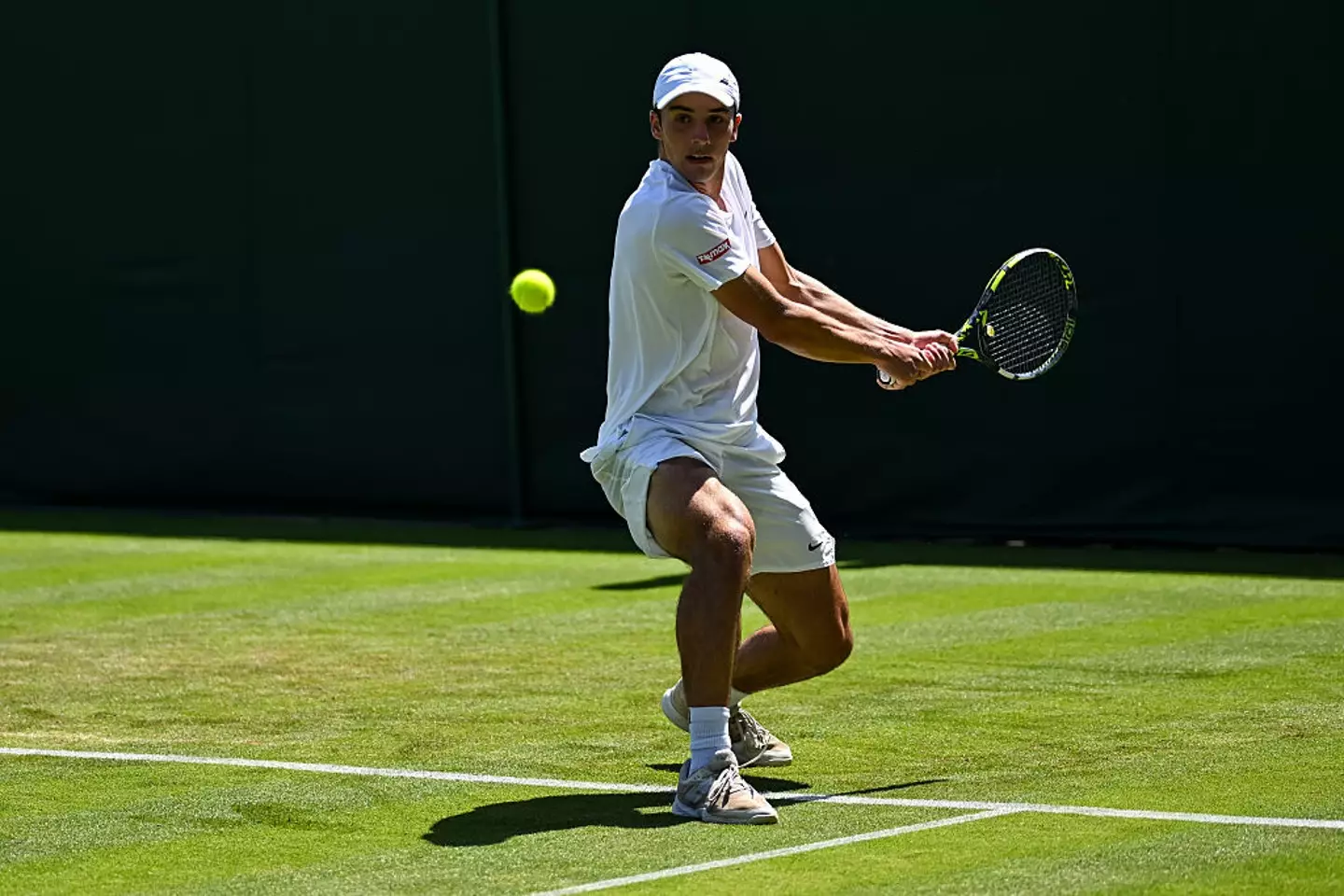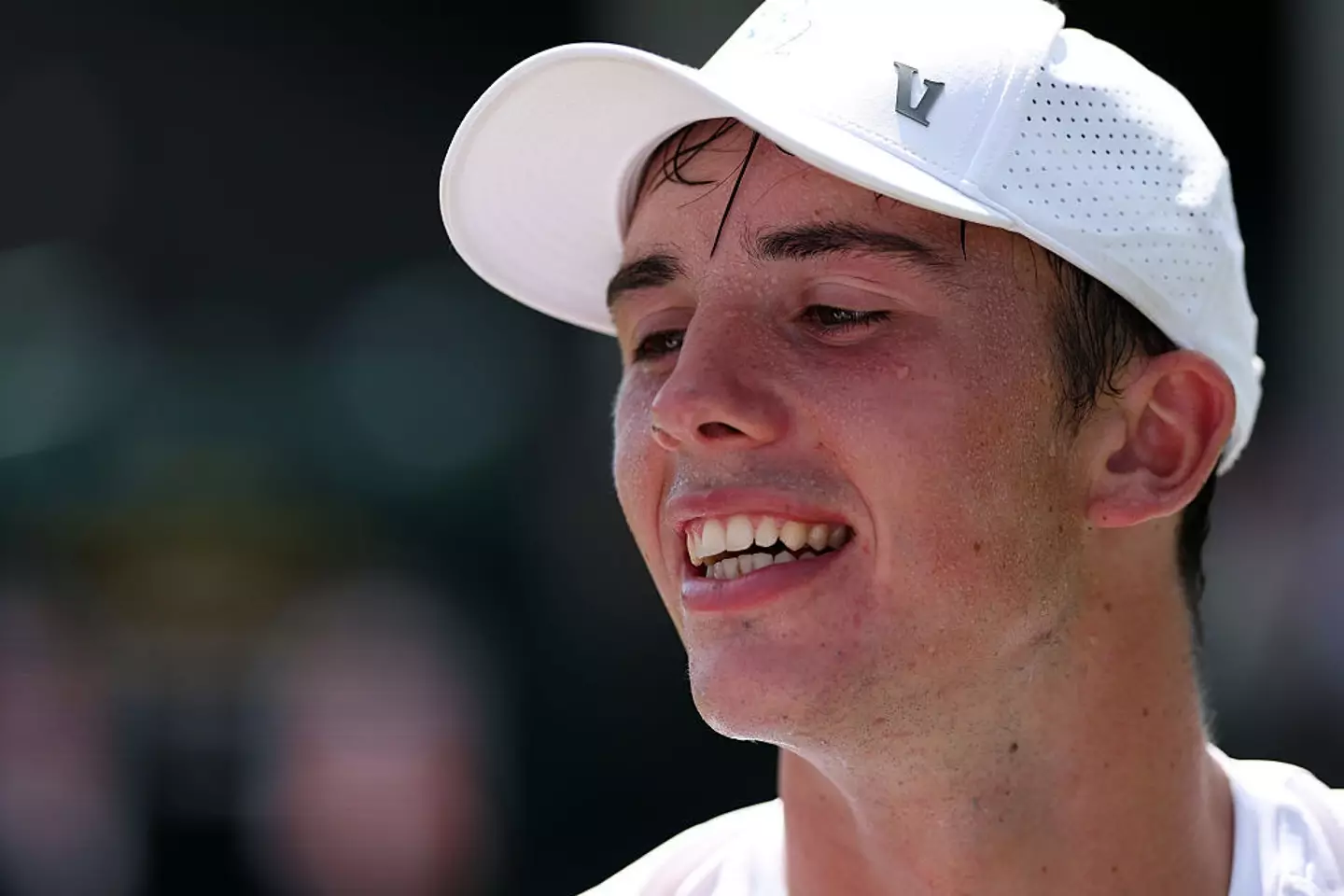.png)
It’s a little bittersweet to be named as a winner after playing your first ever round at Wimbledon, but not seeing the prize money.
While Oliver Tarvet - who is number 733 in the world of tennis - said it was a ‘dream come true’, he must have felt a little stunted when he realised that the £99,000 prize wouldn’t be hitting his bank account.
The 21-year-old Briti whooped his Swiss rival, Leandro Riedi, 6-4, 6-4, 6-4 in just over two hours, drawing in a decent crowd. Riedi ranks 506th in the world, and was even 177th recently.
His victory could even get him a second-round match against defending Wimbledon champion Carlos Alcaraz, who faced Fabio Fognini today (30 June).
Advert

“There's a lot of emotions, just really overjoyed,” Tarvet told BBC Sport. “All the hard work I put in the last few years has clearly paid off.”
He added: “It's my first tour-level event, to come out here, come through qualifying, win a first-round match, have a chance to play maybe Carlos on Wednesday, it's just a dream come true.”
But because he was developed under the National Collegiate Athletic Association (NCAA) system, there’s a slight catch.
While he was awarded £99,000 for reaching the second round, the NCAA restricts players to only being about to take home $10,000 (£7,290) in profits from any professional tournament they champion each year.
Advert
Sadly, Tarvet knew this before the tournament, so it’s likely he’ll have to say no to the cash.

“There's been complaints about it but I don't want to speak too much about it, I don't want to overstep anything,” he said before he entered the match. “In my opinion, I've worked hard to get this money and I don't really feel like it's undeserved, the money that I've got. So I think it would be good to see a change in the rules.”
The NCAA rules starting from this year allow the colleges the students are aligned with to opt into revenue sharing.
Essentially, athletic departments are able to use their own funds to pay players, but they are capped at around $20 million each year per school, as per CBS Sports.
Advert
This cap is also expected to cover all athletes through a variety of sports and it accounts for approximately 22 percent of athletic department revenue across power conference athletic departments.
The total cap will start at around $20.5 million per school in 2025-26, but this could change to $33 million per school in the next decade.
While it’s not a lot compared to what athletes could make on their own if they were able to accept the full prize monies, it’s more than what they offered last year.
